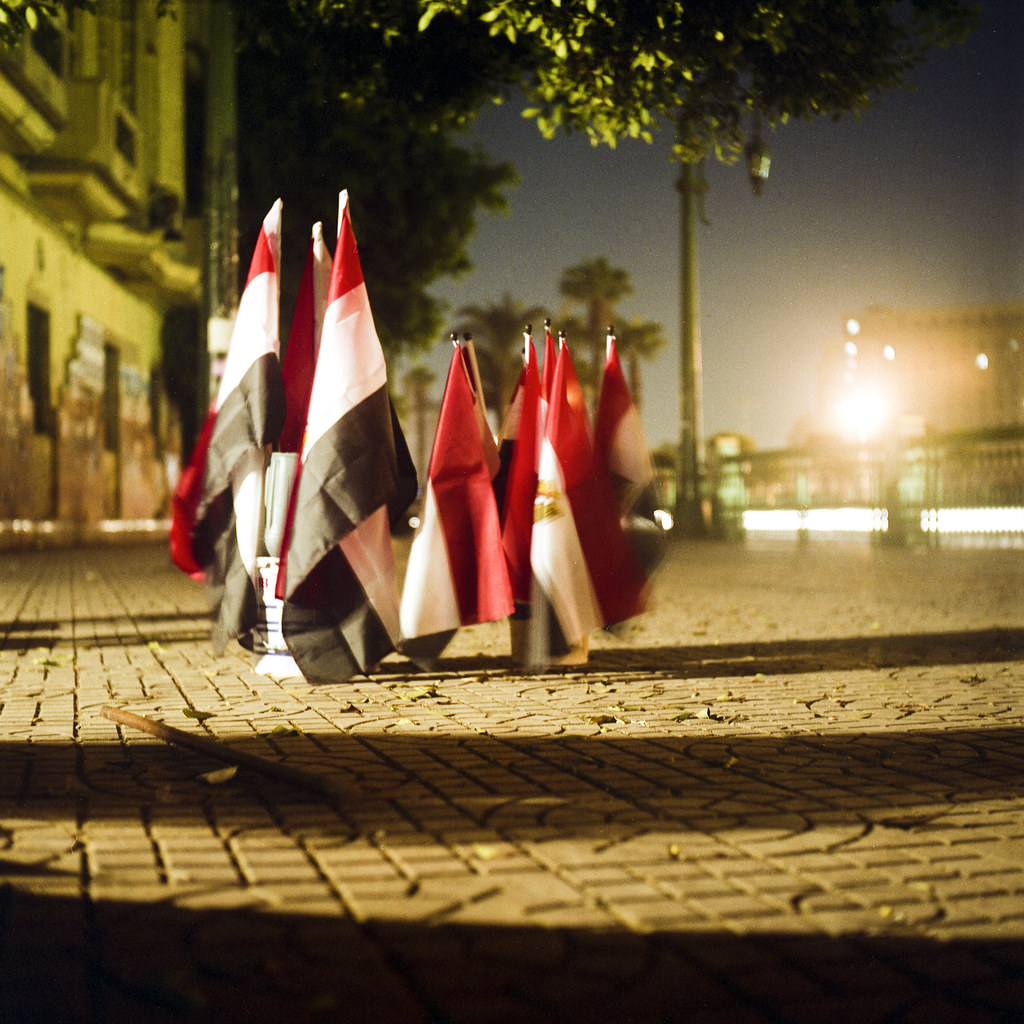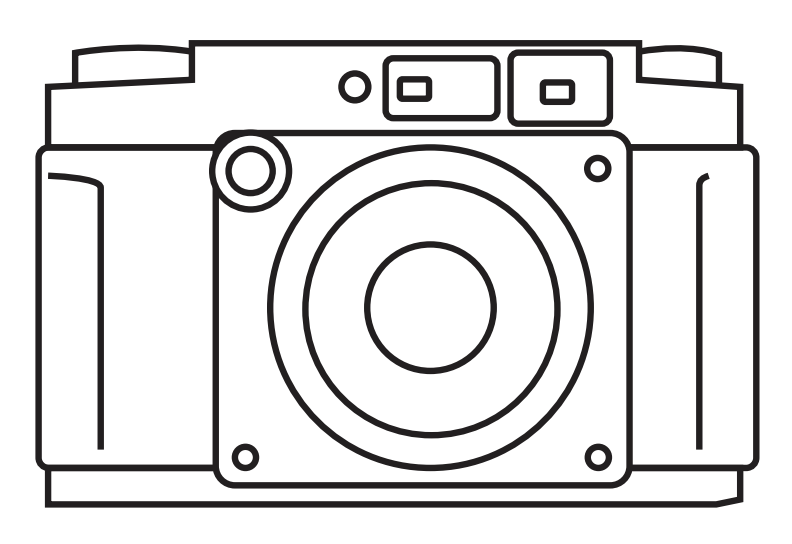The Yashica EM and LM
This camera, either iteration, has been my go to camera for almost all my film work, night, day, travel, local, any and nearly all of it. While there are two cameras that I have, one is the EM, one is the LM, both are essentially the same camera, so the write-up will be about both, and when there is a difference, I will note it.
I have been meaning to write up a little about these cameras, they are great pieces of equipment, they do not weight a lot, and I got each of them for less than 45 dollars. The cameras are from the 1950s and the 1960s respectively.
The Yashica-LM was made in 1959 and was named as such because it had a Light Meter. The light meter on mine does not work properly. The only real difference between these two cameras is the meter, the updated version, the Yashica-EM, introduced in 1964, has an easier to read and use light meter. Both are uncoupled and selenium meters, meaning that if they did work properly, they would not need a battery to run, which is pretty nice.
This camera is a TLR or twin lens reflex, which means that it has two lenses, one for viewing and one for picture taking. It is a medium format camera that takes 120 film (there are a few models that take 220 or 35mm). It is a fairly simple camera, which is probably why it has been an amazing camera. It has a waste level finder which is not interchangeable, much higher end TLRs like the Rolleiflex and Mamiya cameras have different finders. This is a great tool because it allows you to shoot from the hip in a sense.
The lenses on this camera are great, I have produced some of my favorite images with this camera, they are unbelievably sharp. The taking lens is a Yashinon 80mm F3.5 and the viewing lens is a Yashinon 80mm f3.5. The taking lens could be faster, but I have never had a problem with brightness or focusing.
Focusing is done with a knob on the left side of the camera. The focus is smooth and accurate.
The shutter is a copal shutter with speeds from 1 second to 1/500th with Bulb mode. The speeds on my my Em are off at the slower end. They, as well as the aperture, are changed on the sides of lenses with small discs. The speeds and aperture can be seen on the top of the viewing lens, at night I have to use a light to see them. The aperture does not have click stops, so intermediate stops can be used, which is nice, as the shutters speeds are only in full stops.

The shutter is cocked and the film wound with a lever on the right side, one half turn forward and one half back advances the film and cocks the shutter, it is pretty quick and easy. The shutter button is on the front of the camera in the bottom right. Unfortunately, the shutter does not take the typical screw in style shutter cable, instead you have to get a weird screw-on housing dealy that the cable screws into, not a big deal, just would be nice with the normal screw-on shutter button.
The camera shoots 6x6 square, which takes some time to get used to, but now that I have been shooting this format for a while, I have no real desire to shoot anything but square format. On 120 film, you get 12 exposures.
The portability of this camera is great, it is not heavy, like my Bronica S2a was, nor is it as large. I have been able to carry this on a carry on bag countless times, up and down mountains, all over cities and countries with no problem.
All things considered, this camera is amazing, you can spring for the 124g if you have a lot of 220 film, otherwise, get an EM or LM, as both are had cheaper, and are just as good. You can find them on Ebay or you can get a high quality one from
. He is a great resource working in Japan.
Now some photos.

Fuji Reala
Cairo, Egypt

Fuji Reala
Rio De Janeiro, Brazil

Kodak Ektar
Bern, Switzerland

Kodak Ektar
Baltimore, Md



